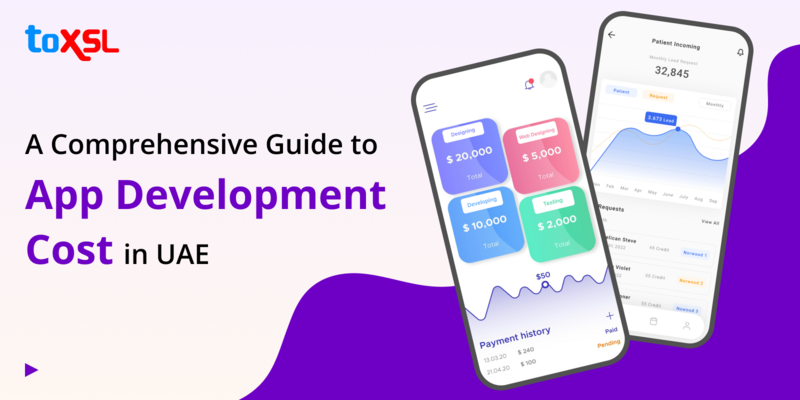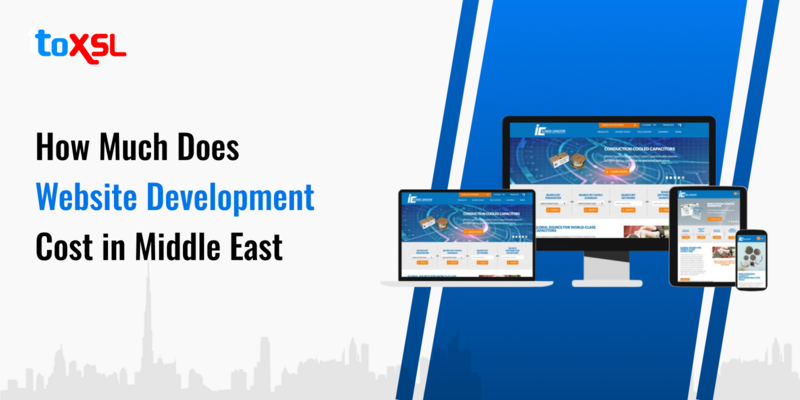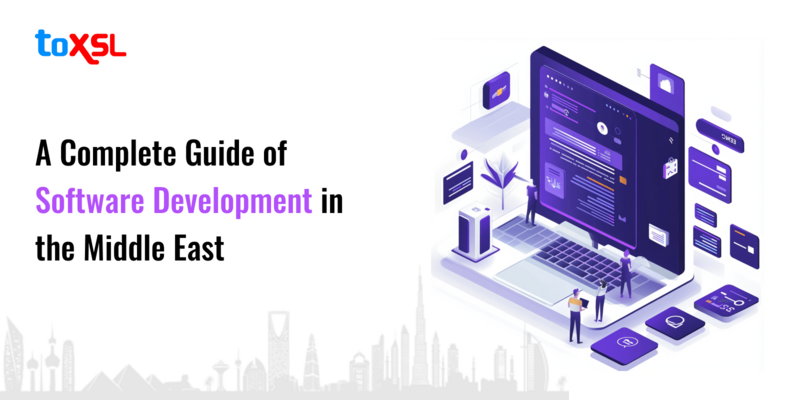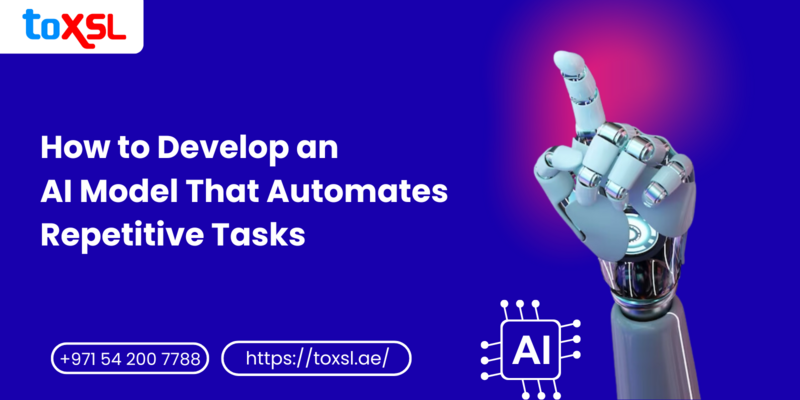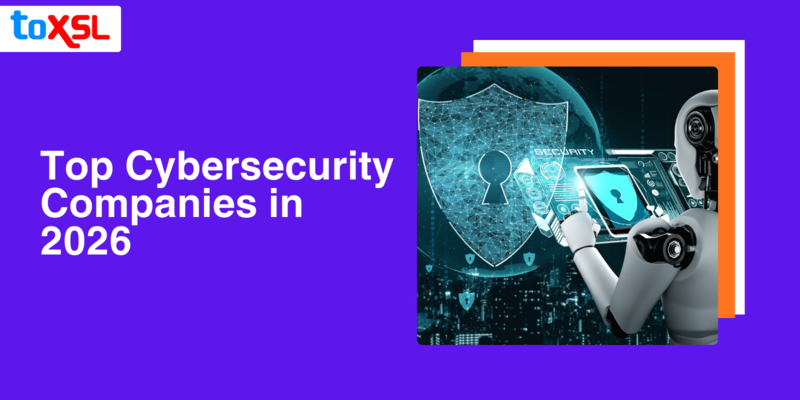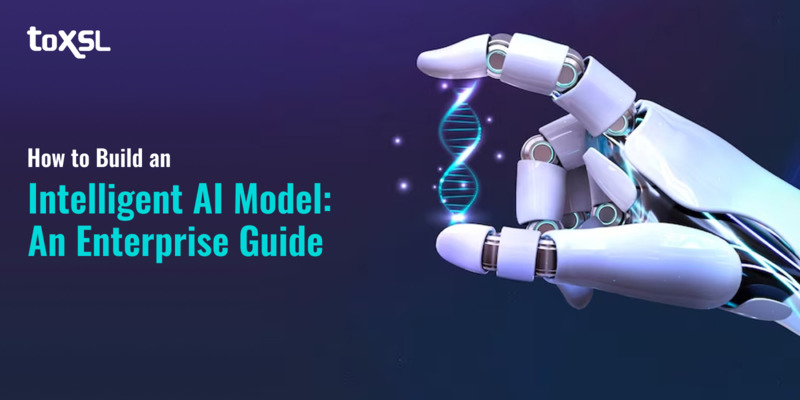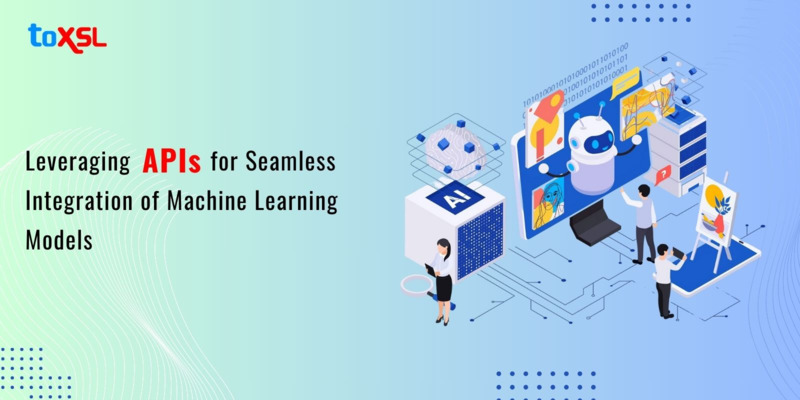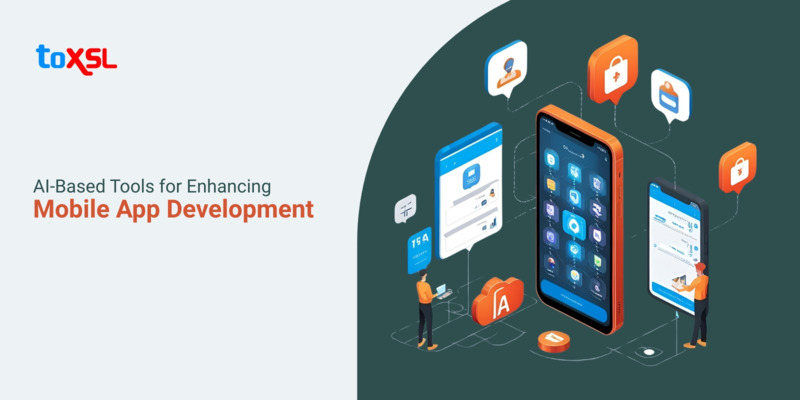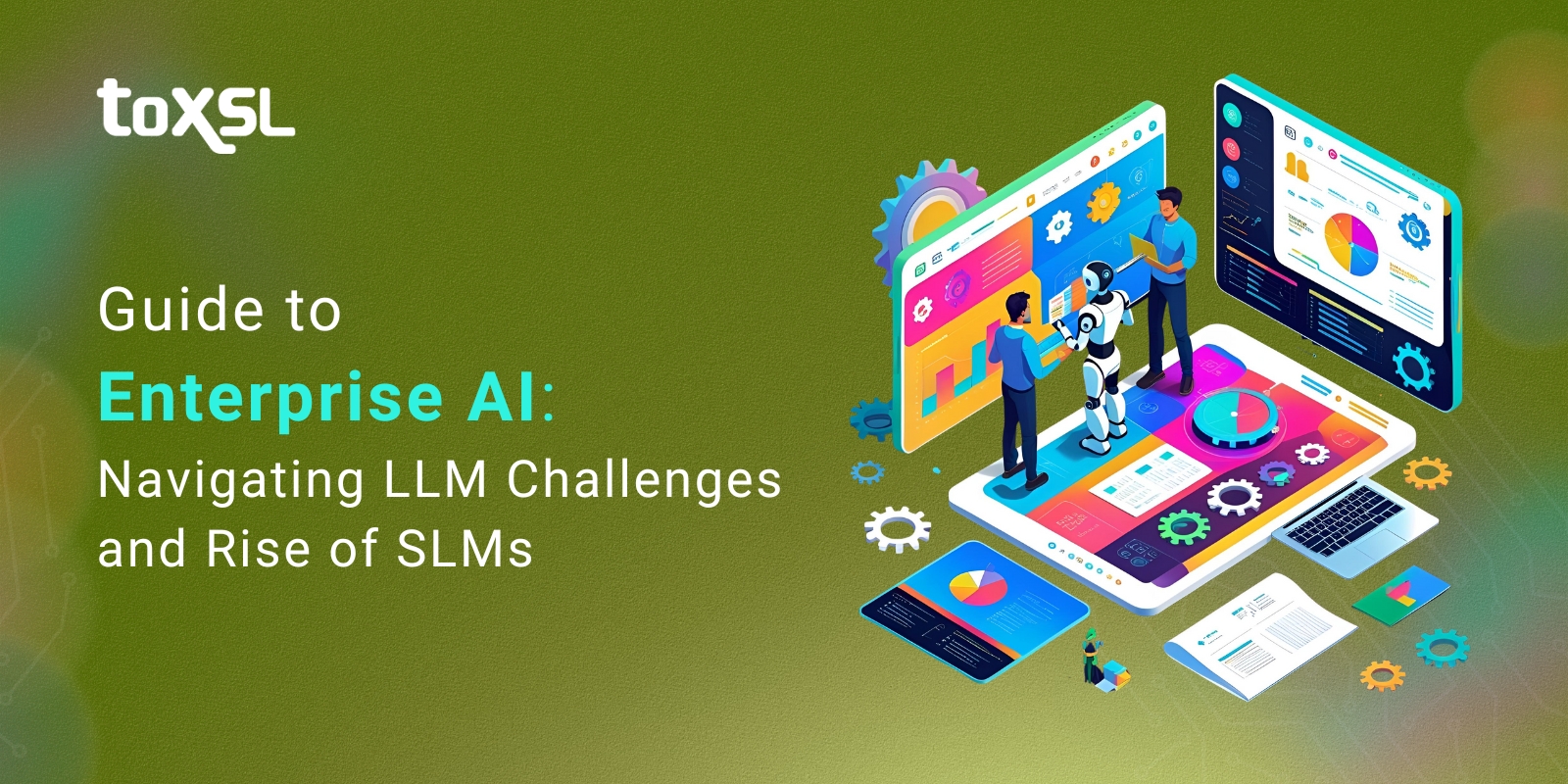
Artificial Intelligence (AI) is transforming the enterprise landscape, driving automation, accelerating decision-making, and unlocking new business models. At the heart of this revolution are language models—powerful AI systems capable of understanding and generating human language. For years, Large Language Models (LLMs) such as GPT-4, LLaMA, and PaLM have dominated the conversation.
However, as enterprises seek to balance performance, cost, and governance, a new contender has emerged: Small Language Models (SLMs). This guide explores the evolution of enterprise AI, the limitations of LLMs, and why SLMs are rapidly gaining traction as the preferred solution for modern organizations.
The Evolution of Enterprise AI: From Rules to Language Models
Enterprise AI began with rule-based systems and traditional machine learning algorithms that automated specific tasks based on predefined logic. These early systems were limited in flexibility and struggled with unstructured data, especially natural language. The advent of deep learning and neural networks has revolutionized AI’s ability to process and generate language, leading to the development of LLMs. These models are trained on vast corpora of text data and can perform a wide range of language tasks, including translation, summarization, question answering, and content creation.
LLMs quickly became the centerpiece of AI strategies for many organizations due to their versatility and impressive generative abilities. Enterprises leveraged them to automate customer support, generate marketing content, analyze documents, and even write code. The ability of LLMs to understand context and produce human-like text opened new frontiers for productivity and innovation.
The Challenges of LLMs in the Enterprise
While LLMs offer remarkable capabilities, deploying them in enterprise environments presents significant hurdles.
A. High Operational Costs
- LLMs require enormous computational resources for both training and inference.
- Running a 400 billion parameter LLM can strain even the most robust IT infrastructure, leading to high energy consumption and heat generation.
- Cloud-based LLM services incur ongoing expenses, making cost management a persistent challenge.
B. Data Privacy and Security Risks
- Many LLMs are hosted on public cloud platforms, raising concerns about sensitive data exposure.
- Enterprises in regulated sectors (e.g., finance, healthcare) must comply with strict data governance and privacy laws, making public LLM APIs a non-starter for confidential tasks.
C. Domain-Specific Accuracy
- Off-the-shelf LLMs are trained on generalized data, not tailored to specific business domains.
- This generalization leads to lower accuracy on specialized tasks, such as interpreting legal contracts or processing medical records.
- LLMs are prone to “hallucinations”—confidently providing incorrect or fabricated information—which can be costly or damaging in enterprise settings.
D. Complexity of Fine-Tuning and Integration
- Customizing LLMs for enterprise needs requires significant expertise and resources.
- Fine-tuning large models is computationally expensive and operationally complex, often necessitating dedicated AI teams.
- Integrating LLMs with private, secured datasets without exposing sensitive information is a technical challenge.
E. Latency and Scalability Issues
- LLMs’ size leads to slower response times, which can be problematic for real-time applications.
- Scalability is limited by infrastructure bottlenecks, especially for organizations with hybrid or edge deployments.
The Emergence and Advantages of Small Language Models (SLMs)
In response to the limitations of LLMs, Small Language Models (SLMs) have emerged as a practical and efficient alternative for enterprises. SLMs are compact language models with significantly fewer parameters—typically ranging from one to ten billion—compared to the hundreds of billions found in LLMs. This smaller size brings several key advantages.
- Firstly, SLMs require far less computational power, making them more cost-effective to train and deploy. Their lower energy consumption reduces infrastructure strain and operational expenses, enabling organizations to achieve AI benefits without breaking the bank.
- Secondly, SLMs can be deployed on-premises or within private cloud environments, giving enterprises full control over their data. This deployment flexibility addresses privacy and security concerns, allowing organizations to comply with regulatory requirements and protect sensitive information.
- Thirdly, SLMs excel in domain-specific applications. Because they are smaller and more focused, they can be trained or fine-tuned on proprietary datasets tailored to specific industries or business functions. This specialization leads to higher accuracy, fewer hallucinations, and more reliable outputs in critical enterprise use cases. Furthermore, the smaller size of SLMs enables faster inference times, which is crucial for real-time applications. They also support deployment in hybrid and edge environments, allowing AI capabilities to be embedded closer to data sources or end-users, enhancing responsiveness and reducing latency.
- Finally, SLMs facilitate agility in AI development. Their reduced training complexity and resource demands allow enterprises to iterate quickly, experiment with new models, and adapt AI solutions to evolving business needs.
Why Enterprises Are Turning to SLMs
The shift toward SLMs is driven by a combination of practical considerations and strategic priorities. Cost efficiency is paramount; enterprises seek to maximize AI ROI while minimizing infrastructure and energy expenses. SLMs offer a compelling value proposition by delivering strong performance at a fraction of the cost of LLMs.
Data privacy is another critical factor. With increasing regulatory scrutiny around data protection, organizations need AI solutions that keep sensitive data in-house or within trusted environments. SLMs’ ability to run locally or in private clouds aligns perfectly with these requirements.
Domain-specific performance is essential for enterprises that rely on accurate, context-aware AI outputs. SLMs can be fine-tuned with high-quality, proprietary data to meet the unique demands of sectors such as healthcare, finance, legal, and manufacturing. The agility and speed of deployment offered by SLMs empower enterprises to innovate faster. Smaller models can be trained and updated more quickly, enabling continuous improvement and adaptation to new challenges.
Moreover, SLMs support diverse deployment scenarios, including edge computing and hybrid cloud architectures. This flexibility is increasingly important as organizations seek to embed AI across distributed environments and devices.
Strategic Considerations for Choosing Between LLMs and SLMs
When deciding between LLMs and SLMs, enterprises must evaluate their specific use cases, infrastructure capabilities, privacy requirements, and budget constraints.LLMs remain well-suited for broad, general-purpose applications that require extensive language understanding and creativity. However, their high cost, complexity, and privacy risks limit their practicality for many enterprise scenarios.
SLMs, on the other hand, offer a focused, efficient, and secure solution for specialized tasks where accuracy, speed, and data control are paramount. Organizations with strict compliance mandates, domain-specific needs, or hybrid infrastructure environments will find SLMs particularly advantageous.
In many cases, a hybrid approach may be optimal for leveraging LLMs for exploratory, creative, or broad tasks, while deploying SLMs for mission-critical, domain-specific applications.
The Future of Enterprise AI: SLM Leading the Way
The rise of Small Language Models marks a significant evolution in enterprise AI strategy. As organizations seek to harness AI responsibly and effectively, SLMs provide a pathway to balance performance, cost, and governance.
The open-source ecosystem is flourishing, with models like LLaMA, Mistral, Granite, and Phi-4 democratizing access to powerful language AI. This openness accelerates innovation and customization, empowering enterprises to build models tailored to their unique needs.
SLMs also play a crucial role in bridging linguistic and cultural gaps by enabling training on under-represented languages and dialects. This inclusivity expands AI’s reach and relevance in global markets.
As enterprises embrace SLMs, they must also prioritize robust AI governance frameworks to ensure ethical, transparent, and accountable AI deployment. Collaboration with industry groups and adherence to emerging standards will be key to sustainable success.
Conclusion: Embracing the New Era of Enterprise AI
The landscape of enterprise AI is undergoing a profound transformation. While Large Language Models have demonstrated the power of generative AI, their limitations in cost, privacy, and domain specificity have opened the door for Small Language Models to take center stage.
SLMs offer enterprises a practical, efficient, and secure way to harness AI’s potential—delivering superior accuracy for specialized tasks, reducing operational costs, and enabling flexible deployment. By adopting a data-centric approach and embracing SLMs, organizations can accelerate innovation, improve decision-making, and maintain control over their AI destiny.
The future of enterprise AI is not a choice between LLMs or SLMs but a strategic blend of both, leveraging the strengths of each to unlock maximum value. As you embark on this journey, focus on building tailored, responsible, and agile AI solutions that drive real business impact. Contact us to learn more about Artificial Intelligence services and how we can help you enhance your business.

